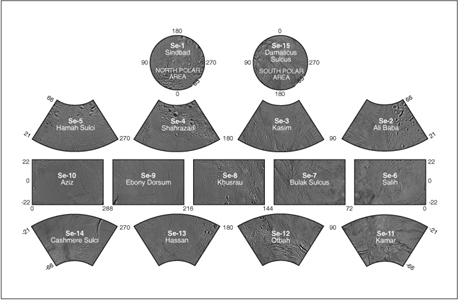
Enceladus Atlas IndexPresented here is a complete set of cartographic map sheets from a high-resolution Enceladus atlas, a project of the Cassini Imaging Team.
The map sheets form a 15-series covering the entire surface of Enceladus at a nominal scale of 1:500,000. An index for the atlas is included here, along with an unlabeled version of each terrain section. The map data was acquired by the Cassini imaging experiment. The mean radius of Enceladus used for projection of the maps is 252.1 kilometers (156.6 miles). Names for features have been approved by the International Astronomical Union (IAU).
This atlas is an update to the version released in December 2008 (see PIA08419). Like other recent Enceladus maps, the final controlled mosaic was shifted by 3.5 degrees to the west, compared to 2006 versions, to be consistent with the International Astronomical Union longitude definition for Enceladus.
Photomosaic Maps
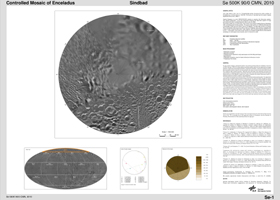
Sindbad (Se-1) | 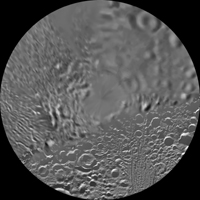
Unlabeled Sindbad Terrain Section |
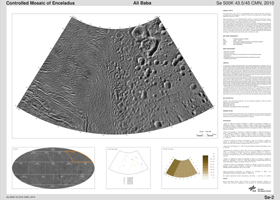
Ali Baba (Se-2) | 
Unlabeled Ali Baba Terrain Section |
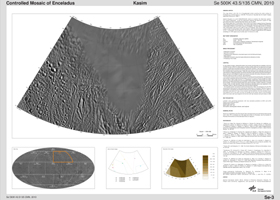
Kasim (Se-3) | 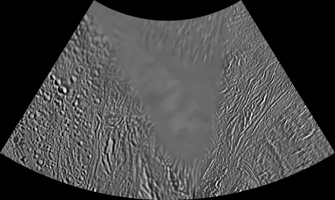
Unlabeled Kasim Terrain Section |

Shahrazad (Se-4) | 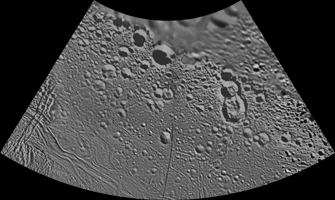
Unlabeled Shahrazad Terrain Section |
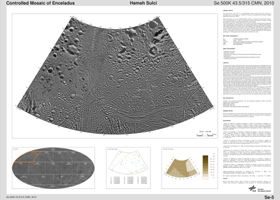
Hamah Sulci (Se-5) | 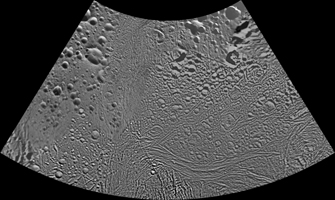
Unlabeled Hamah Sulci Terrain Section |
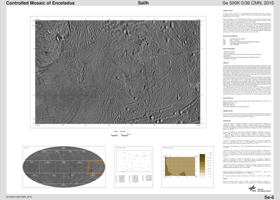
Salih (Se-6) | 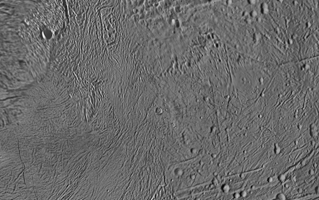
Unlabeled Salih Terrain Section |
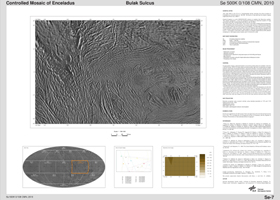
Bulak Sulcus (Se-7) | 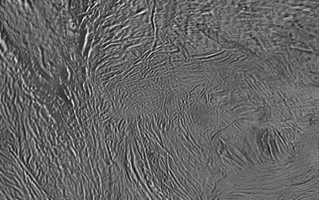
Unlabeled Bulak Sulcus Terrain Section |
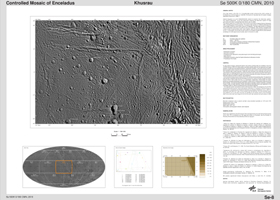
Khusrau (Se-8) | 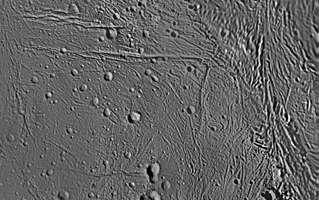
Unlabeled Khusrau Terrain Section |
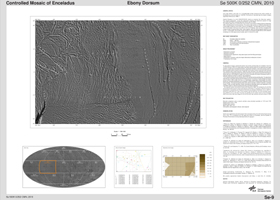
Ebony Dorsum (Se-9) | 
Unlabeled Ebony Dorsum Terrain Section |
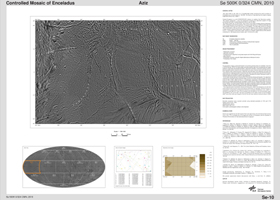
Aziz (Se-10) | 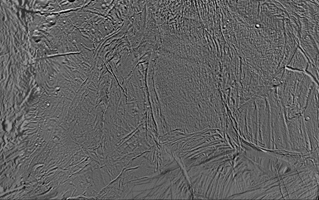
Unlabeled Aziz Terrain Section |

Kamar (Se-11) | 
Unlabeled Kamar Terrain Section |
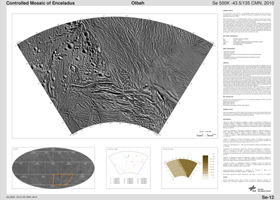
Otbah (Se-10) | 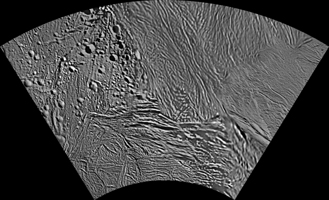
Unlabeled Aziz Terrain Section |
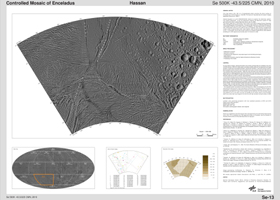
Hassan (Se-13) | 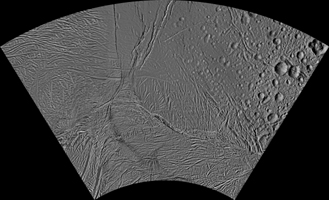
Unlabeled Hassan Terrain Section |
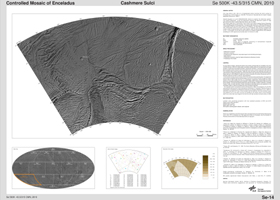
Cashmere Sulci (Se-14) | 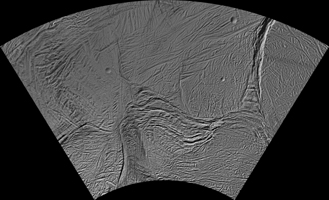
Unlabeled Cashmere Sulci Terrain Section |
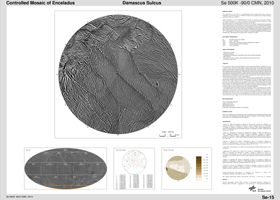
Damascus Sulcus Region (Se-15) | 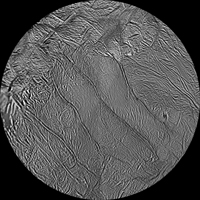
Unlabeled Damascus Sulcus Terrain Section |
The Cassini-Huygens mission is a cooperative project of NASA, the European Space Agency and the Italian Space Agency. The Jet Propulsion Laboratory, a division of the California Institute of Technology in Pasadena, manages the mission for NASA's Science Mission Directorate, Washington, D.C. The Cassini orbiter and its two onboard cameras were designed, developed and assembled at JPL. The imaging operations center is based at the Space Science Institute in Boulder, Colo.
For more information about the Cassini-Huygens mission visit http://saturn.jpl.nasa.gov/. The Cassini imaging team homepage is at http://ciclops.org.

